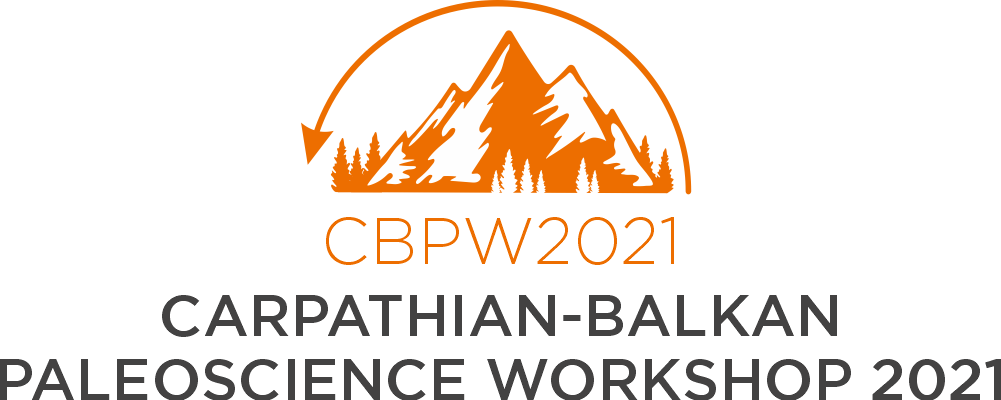The impact of climate changes on the variation of the groundwater level in the Moldavian Plateau
Main Article Content
Abstract
Regional and global scale effect of climate changes on temperatures and precipitation can trigger significant changes in river runoff and groundwater level, which later reflect in the evolution of water resources and social development at a regional level (de Moura et al., 2020). In these conditions, it is important to identify methods to analyze the impact of climate changes on hydro-climatic and hydrogeological parameters that are relevant in the medium and long term (Koster et al., 2017). In the last decades, the scientific research on the impact of climate change on the various hydro-climatic parameters has been multiplied, most of the analyzes focusing on the identification of trends in the extreme seasonal and annual values of precipitations, temperatures, or rivers flow (Croitoru et al., 2018). Two main directions were identified in the analysis of trends. The first one was based on Mann-Kendall test (MK) and associated estimating trends by the Sen method (Bürger, 2017). The results obtained by applying to different climatic or hydrological parameters highlighted statistically significant trends of increasing average or maximum annual temperatures (Shrestha et al., 2017), rainfall (Zelenekova et al., 2017) or river runoff (Asraf et al., 2020). To verify the results, the method was compared with Spearman’s rho trend statistic test (Hamed, 2016) and Monte Carlo simulations method (Wang et al., 2020). The second direction proposed to highlight the trends through graphical methods is innovative analysis method (ITA) (Șen, 2012). For eastern part of Romania, where Moldavian Plateau is expanding over more than 20.000 km2, previous researches based on MK and ITA have estimated significant changes in climatic (Croitoru et al., 2016), hydrological (Dumitriu, 2020) and hydrogeological parameters (Minea, Croitoru, 2017) as a result of regional climate changes. Climatic scenarios evolution on short, medium and long term shows a tendency of increasing temperatures and decreasing water input from precipitation over entire region. For that the trend evaluation of the groundwater level becomes obligatory in the water resources management projects in a region with high dependency on groundwater resources availability (Minea, 2020).


